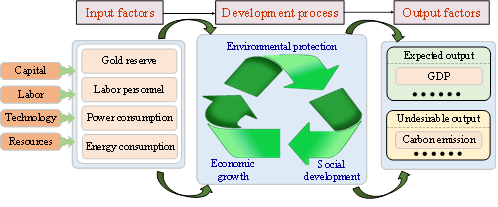
Due to extensive energy consumption and industrial production activities, Asian countries have become the largest sources of global carbon emissions, with emerging economies like China and India contributing significantly. Against the backdrop of increasing global climate change, carbon emissions have emerged as a focal concern within the international community. To mitigate these emissions, enhancing carbon performance is identified as a crucial endeavor. This study employs the Super-efficiency Slack-Based Measure (SBM) model to comprehensively evaluate the carbon performance of major Asian countries and delves into its influencing factors through factor analysis. Additionally, we utilize geographical methodologies to explore the spatiotemporal evolution characteristics of carbon performance in these countries. Preliminary results indicate that spatial centroid has gradually shifted towards the northeast, which could potentially reflect a geographic concentration change in some form of economic or industrial activity. Moreover, the elliptical parameters for carbon emission efficiency did not exhibit any discernible trend, maintaining a relatively stable overall pattern and distribution. The findings of this study hold significant implications for understanding the spatial heterogeneity and dynamic characteristics of carbon emission efficiency in Asia, and offer valuable insights for future policy-making.
Total file downloads: 18